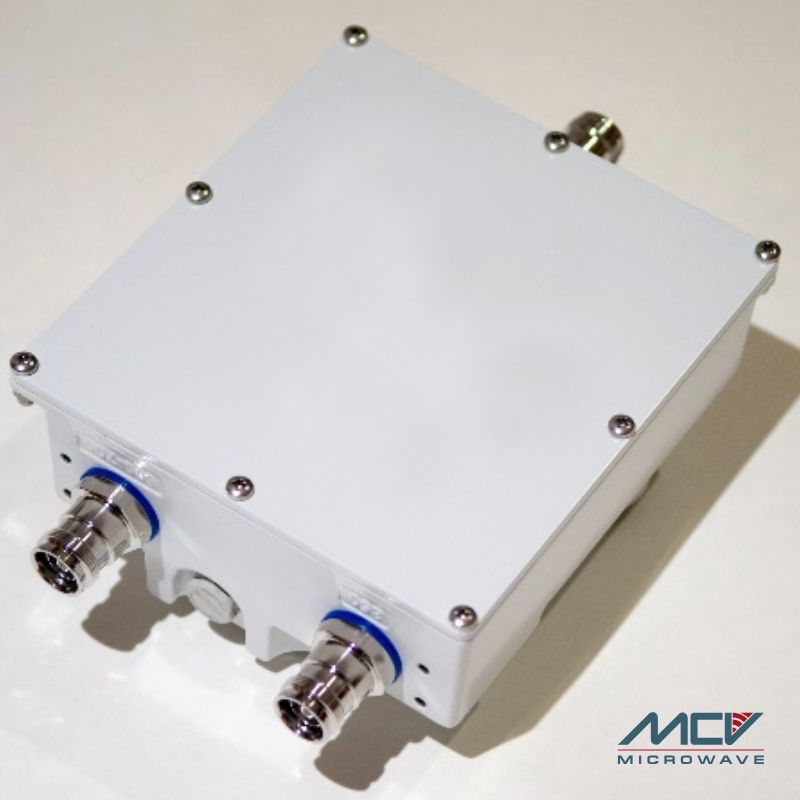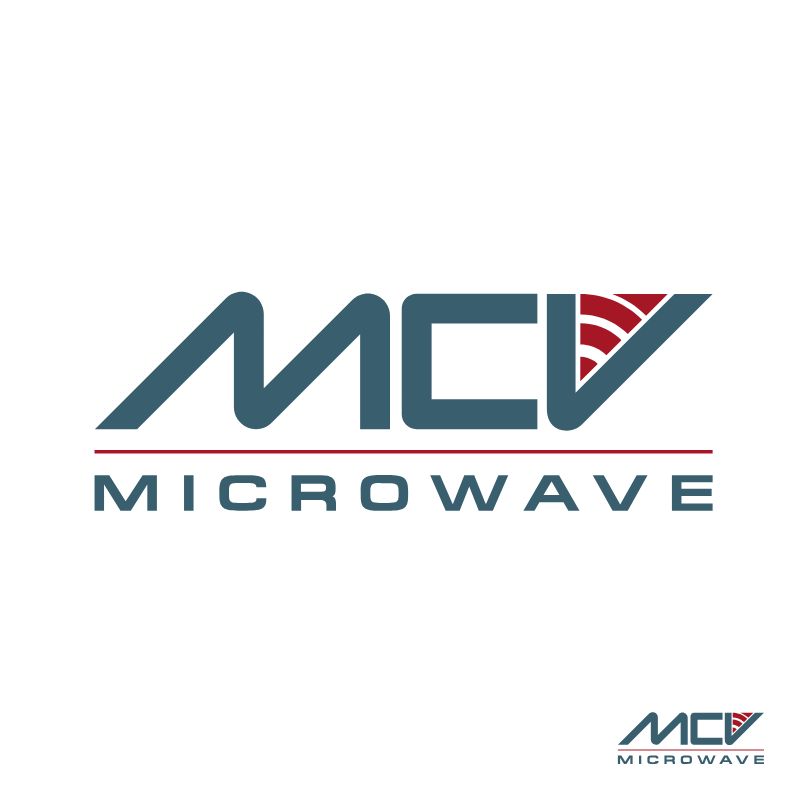DIPLEXERS
Performance, reliability and quality
We specialize in delivering precision-engineered diplexers designed to optimize signal separation and minimize interference. Our product range includes solutions tailored for a wide variety of applications where performance, reliability, and quality are critical.
-
Cavity Diplexers: Built for high-power and high-selectivity applications, our cavity diplexers offer excellent isolation and low insertion loss across challenging frequency bands.
-
LC Diplexers: Compact and efficient, our LC diplexers provide superior filtering performance in systems where space and cost efficiency are key considerations.
-
Low PIM Diplexers: Designed for modern communication networks, our low PIM (Passive Intermodulation) diplexers ensure outstanding signal clarity and are ideal for high-performance wireless and distributed antenna systems (DAS).
-
Ceramic Diplexers: Compact and highly stable, our ceramic diplexers deliver precise filtering in space-constrained designs without compromising performance.
Whatever your system requirements, our diplexers are engineered to deliver exceptional results. Explore our solutions and find the right fit for your project.
FAQ about Diplexers
What is a diplexer and what is it used for?
A diplexer is a passive RF component used to separate or combine two different frequency bands through a common port. It enables simultaneous transmission and reception or the use of multiple systems over a single antenna without interference.
What is the difference between a diplexer and a duplexer?
While both separate signals, a diplexer handles different frequency bands and routes them to different ports. A duplexer, on the other hand, is typically used in transceivers to allow simultaneous transmit and receive on the same antenna using closely spaced frequencies.
Where are diplexers commonly used?
Diplexers are widely used in telecommunications, satellite systems, GPS receivers, broadcasting equipment, and wireless networks—anywhere multiple frequencies need to be handled by a shared RF path or antenna.
How do I choose the right diplexer for my application?
Key selection criteria include frequency range, insertion loss, isolation, return loss, power handling, impedance (usually 50 ohms), size, and environmental requirements (e.g., temperature, vibration resistance).
What makes MCV diplexers unique?
MCV diplexers are engineered for high performance across a wide frequency spectrum. Available in ceramic, low PIM, and waveguide designs, they offer low insertion loss, high isolation, and rugged construction—ideal for telecom, aerospace, defense, and industrial environments.
How can I order diplexers from MCV Microwave?
To place an order for diplexers please contact us and we will help you!

